Escapist, enchanting, and with an indefinable air of having time-warped itself back to gentler days, Watamu is one of Kenya’s most popular beach destinations. Sheltered by the nurturing curve of Mida Creek, it abounds in rocky coves backed only by baobab trees; and shimmering lagoons fronted by great sweeps of silver sand. As well as boasting one of world’s most beautiful beaches, Watamu offers visitors a wide-range of activities, unforgettable day-trips and a fascinating insight into Swahili life. Here are just a few suggestions.

Explore Watamu village
In the village, there’s a cheery line-up of stalls displaying brilliantly-coloured fashions, local carvings and vibrant art. Elsewhere there are charming coffee shops, Italian gelato bars, delicatessens and bakeries. Fishermen sell fish fresh from the sea. The restaurants range from gourmet to simple roadside snack bar.
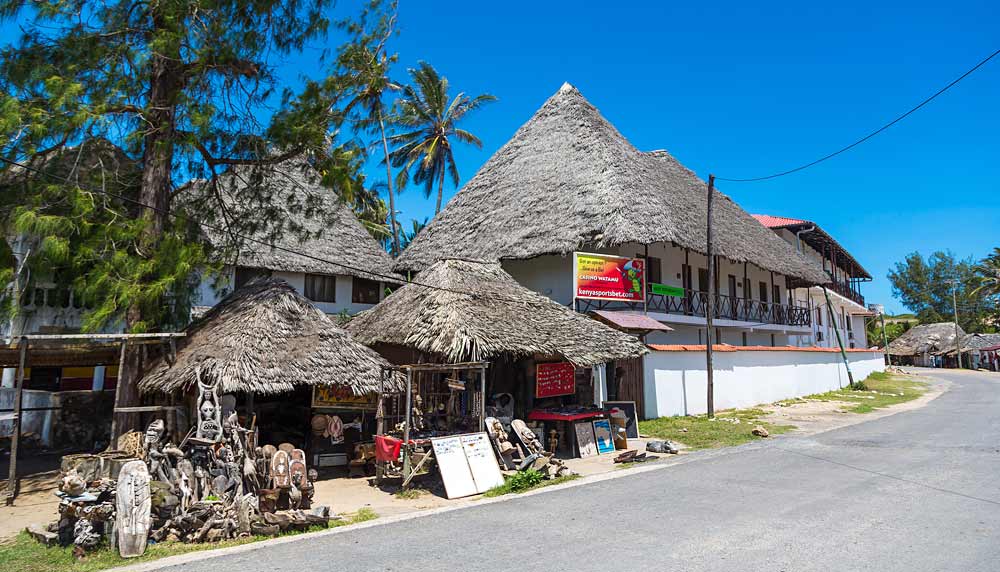
The clientele is cosmopolitan fusion. There are Italian and British residents; there are multi-cultural tourists; and there’s the welcoming mélange of the locals. And the happy-go-lucky, air of the place is epitomized by the fact that most people get around either by walking along the beach or taking a gaily-painted tuk tuk (motorcycle taxi).
Take a canoe ride through Mida Creek
According to Greek mythology, everything that ancient King Midas touched turned to gold. On the calm stretch of tidal water known as Mida Creek it’s the water that turns liquid gold as one of Kenya’s most stunning sunsets illuminates this secret domain of mangrove swamps and palm trees. For optimum immersion in the gold-painted early evening, take a spin on the creek in a traditional dugout canoe. Pole-propelled, it can nose its way into the mysterious forest of mangrove roots where ghost crabs flash briefly in the shallows, white egrets roost and grey herons stand as motionless as statues.

You’ll meet local fishermen – wading in the creek and crab-hunting with bows and arrows. You may even encounter the Mida rush-hour – a flurry of two or three little white boats packed with laughing local ladies and the odd surf board with a stool strapped on it – the paddler, more often than not, with his cell phone crammed to his ear.
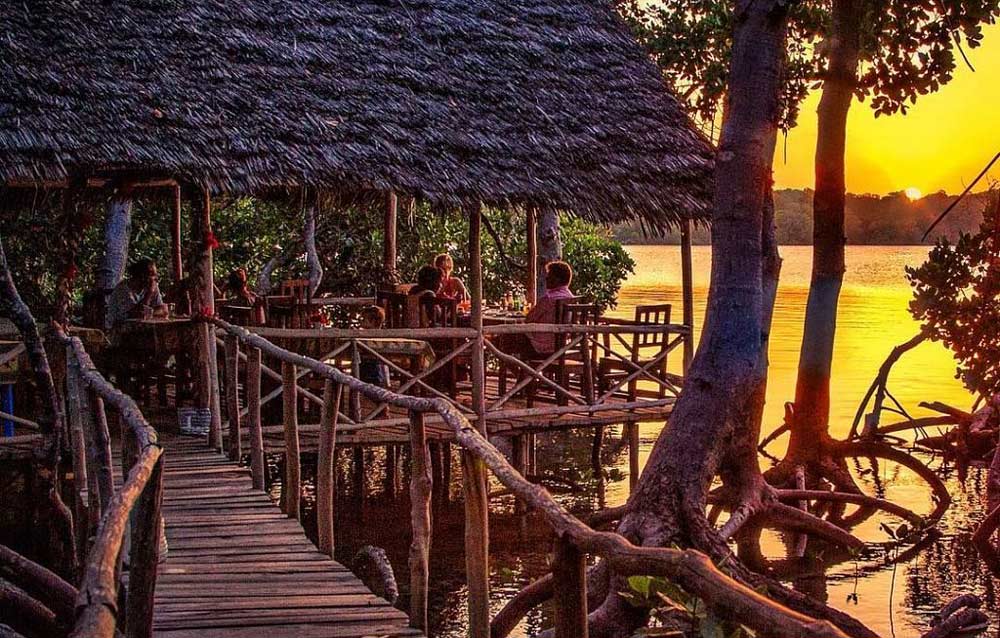
And as gold gives way to indigo, you can head into the community-run Crab Shack for cold beers and golden-fried crab samosas. The crabs are farmed in the mangrove swamps so they don’t come any fresher; and by sampling the Mida experience you’re supporting the local community. It’s gold-chip eco-tourism. For further information: ckahindi@rocketmail.com
Visit Bio-Ken Snake Farm
Fancy holding a four-foot cobra, and milking it for its venom? Then head for Bio-Ken Snake Farm, just five minutes from the centre of Watamu village. Housing the largest collection of snakes in East Africa, the farm is also a vital source of snake-bite serum. It also makes a great family outing boasting both scare-value and education alike.
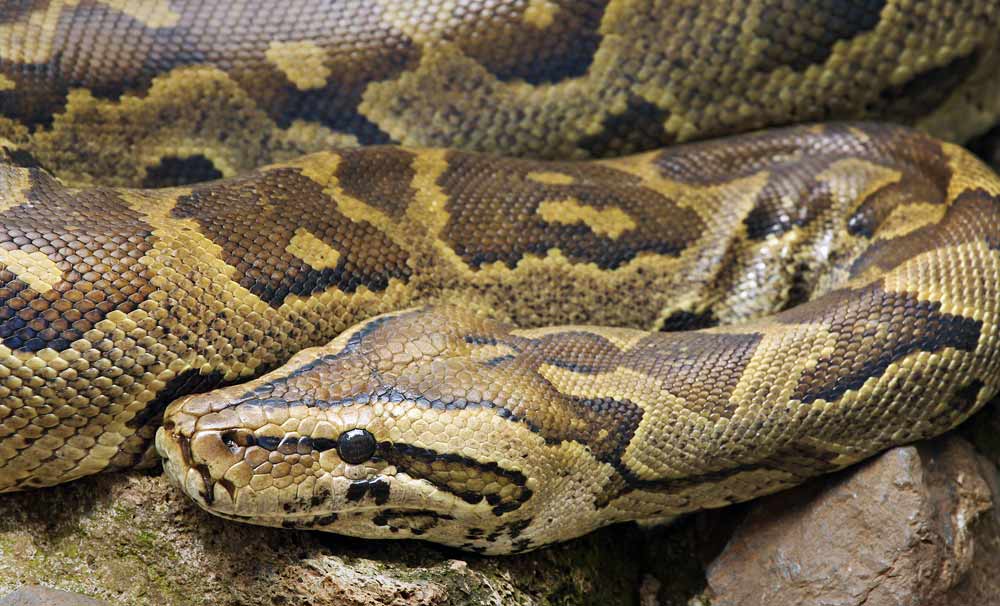
For the very brave, Bio-Ken also offers a range of ‘Snake Safaris’. For further information: www.bio-ken.com
Take a tour of EcoWorld
On the sandy track that leads from Watamu to Mida Creek is a miracle. It’s called EcoWorld. And it’s deliciously inspirationally whacky. On one side of the road is an enormous pile of plastic refuse, on the other a stockade made of plastic flip-flop sandals. Venture inside and you enter the utterly surreal world of Watamu’s revolutionary recycling industry.
Fuelled by the refuse washed up on the beaches and by the vast amount of plastic and glass bottles generated by the local hotels, the EcoWorld team create everything from building construction blocks (plastic bottles filled with sand), bottle-bottom bricks, art made from washed-up toothbrushes – to toys made from recycled flip-flops, charcoal made from crushed coconut shells and cooking gas made from rotting vegetables.

But the miracle doesn’t stop there – the Watamu Marine Association’s ‘Blue Team’ keep the beaches clean, the local hotels cook on the methane gas generated by their own kitchen waste, and the compost left over from the bio-gas generators grows luxuriant bunches of basil which fuel the local pizzas. An award-winning, benchmark-setting and superbly-symbiotic relationship between local community and tourism industry, the EcoWorld model is so successful that it’s being mirrored all over Kenya and the world. Visitors are welcome and the gift shop (itself constructed entirely from bottles) is a treasure trove of ecologically-sound gifts.
For further information, visit the EcoWorld Facebook page.
Spend a day big game fishing in the Indian Ocean
When it comes to big game fishing, Watamu is Mecca. Moored in the blue-green waters of the glorious bay is a stunning selection of double-tier fishing boats. They are festooned with huge rods, each of which is custom-designed to reel in the REALLY big fish, such as marlin, wahoo and sailfish. It’s mostly tag-and-release fishing, though hotels such as the iconic Hemingways do catch their own fish and serve them up superbly fresh in their restaurant. As to when to go – that really depends on which fish you’re after – but for professional advice you can do no better than contact the African Billfish Foundation: http://africanbillfish.org.
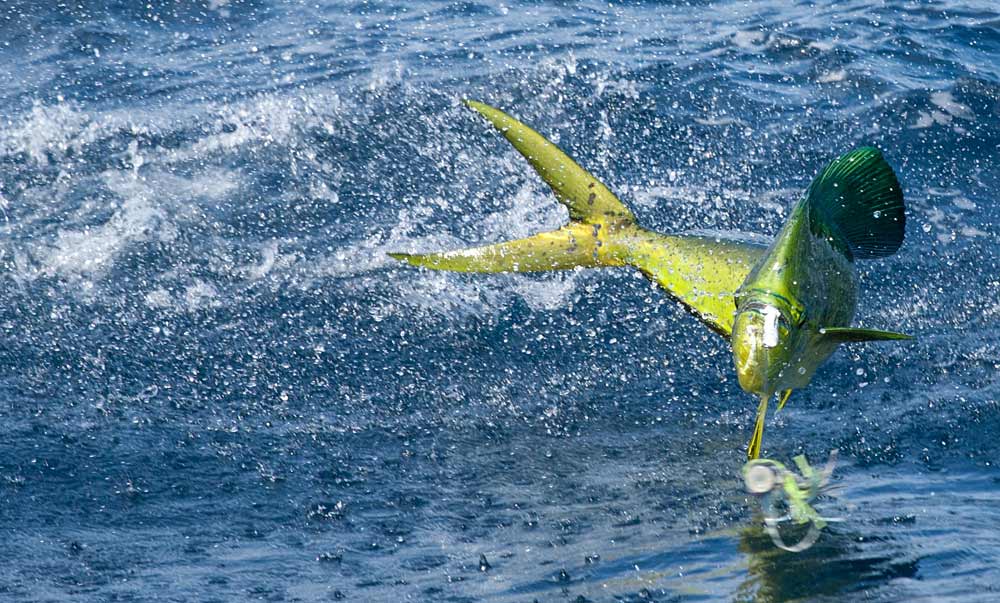
Help save the turtles of Watamu
The beaches of Watamu are a favourite nesting site for green, hawksbill, olive ridley and leatherback turtles. Local Ocean’s Watamu Turtle Watch monitors 50-60 nests per year in the area, not only to shepherd the baby turtles down to the beach, but also to rescue large turtles caught in the fishermen’s nets. The best time to see turtle hatching is between March and October.
To read the full article about saving Kenya’s sea turtles, click here.
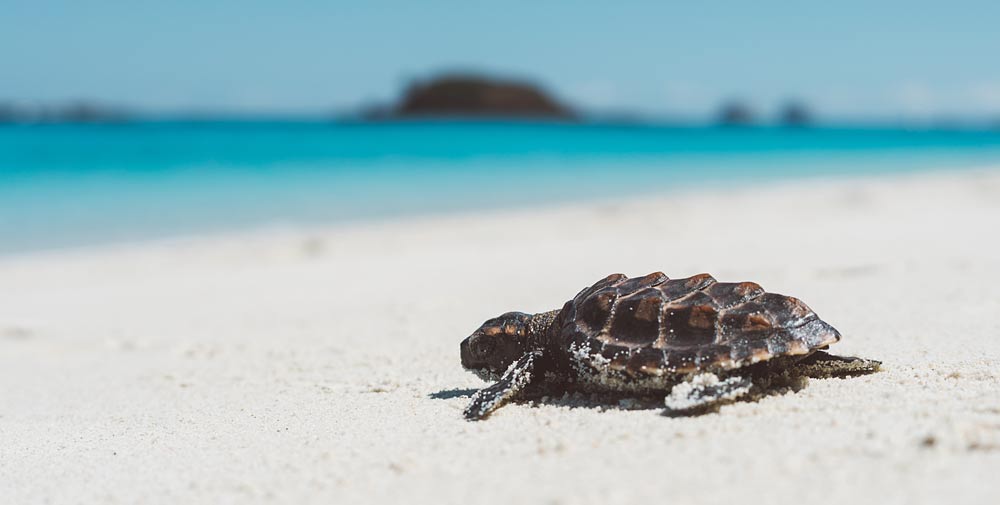
To visit the rehabilitation centre, or discover how you can adopt a turtle or beach nest, visit: https://localocean.co
Paddle board with the dolphins of Watamu
Watamu is famous for its dolphins (Indo-Pacific bottlenose, Indo-Pacific humpback and spinner). Returning year after year to the sanctuary of Watamu, mothers arrive with their calves and males arrive to mate. What’s more, the regulars have been carefully catalogued according to their very personalized fin markings. This gives the dolphin spotting tours an added dimension.
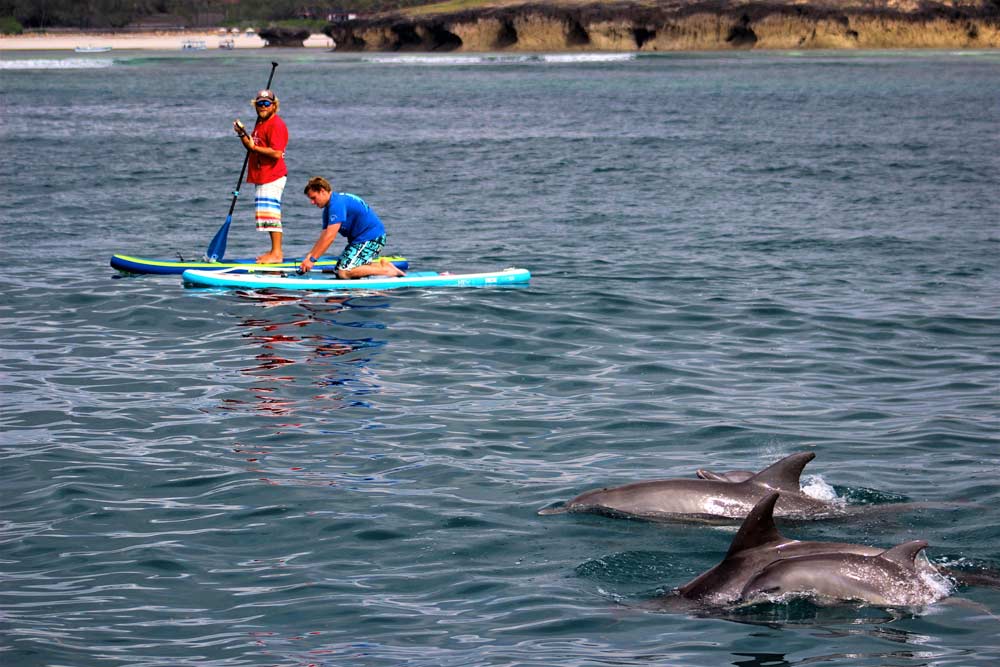
You can also enjoy the rare treat of stand-up paddle boarding with dolphins. For more information: www.tribe-watersports.com
Go SCUBA diving…
It’s a tribute to the brilliance of the Watamu dive experience that people come back year after year. One visitor admitted to having done 750 dives off Watamu with Turtle Bay Dive Centre (www.watamudivecenter.com). When asked what made him such an unshakeable devotee of Watamu diving, he said it was a mix of friendly dive-guides and year-round clear, warm water. He also raved about the great selection of 20 world-class dive profiles ranging from cliffs, drop-offs, night dives and wreck dives. Also good to know is that, whether you’re learning or pro, Watamu boasts some exceptionally professional dive-schools. So… dive in.
…or swim with whale sharks
Given that they’re the size of a double-decker bus, a whale-sighting is a perspective-changing experience. And in Watamu, such sightings are commonplace, not least because the whale-spotting teams liaise to circulate information as to where the whales are at any given time. Migratory pods of humpback whales pass by from Southern Africa typically between July and September.
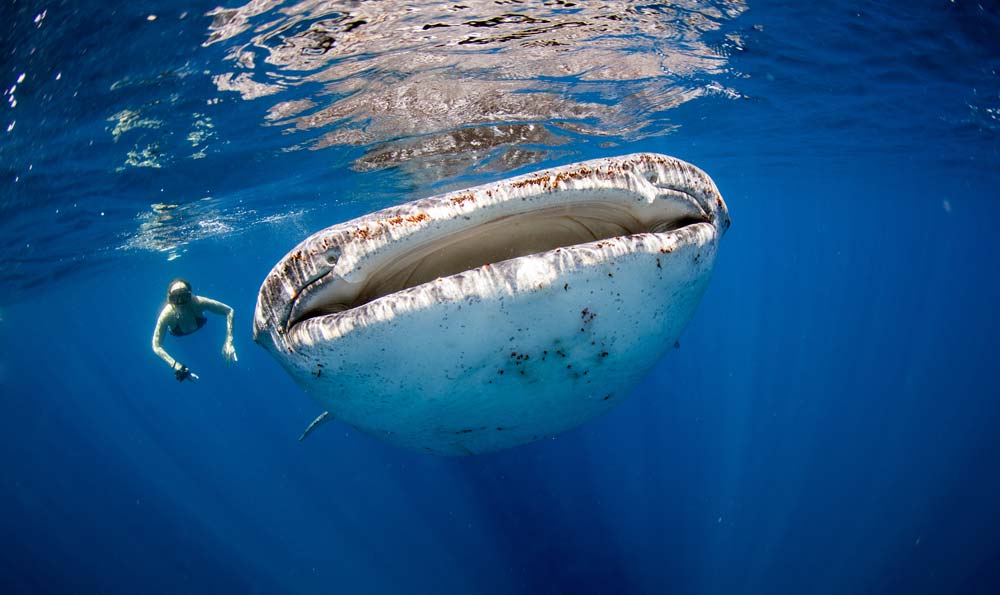
Meanwhile, the prime whale shark season is usually September to December when you can snorkel alongside these gentle giants. But whales are often seen at other times of the year too. Nor do you have to go out on a boat to see these gentle giants – they often ‘breach’ right off the headland – so you can see them from the beach bar.
Marvel at the magic of Watamu Marine Park
An inspirational water world, Watamu National Marine Park and Reserve showcases the entire water-sports spectrum to perfection. There’s kitesurfing, paddle-boarding, boogie-boarding, snorkeling, sailing – the lot. It also boasts a glorious coral reef. Here you’ll find 150 species of coral, 1000 species of reef fish and both sea turtle feeding and breeding sites. You can also expect the additional lure of sightings of manta rays, grouper and barracuda in the deeper waters.
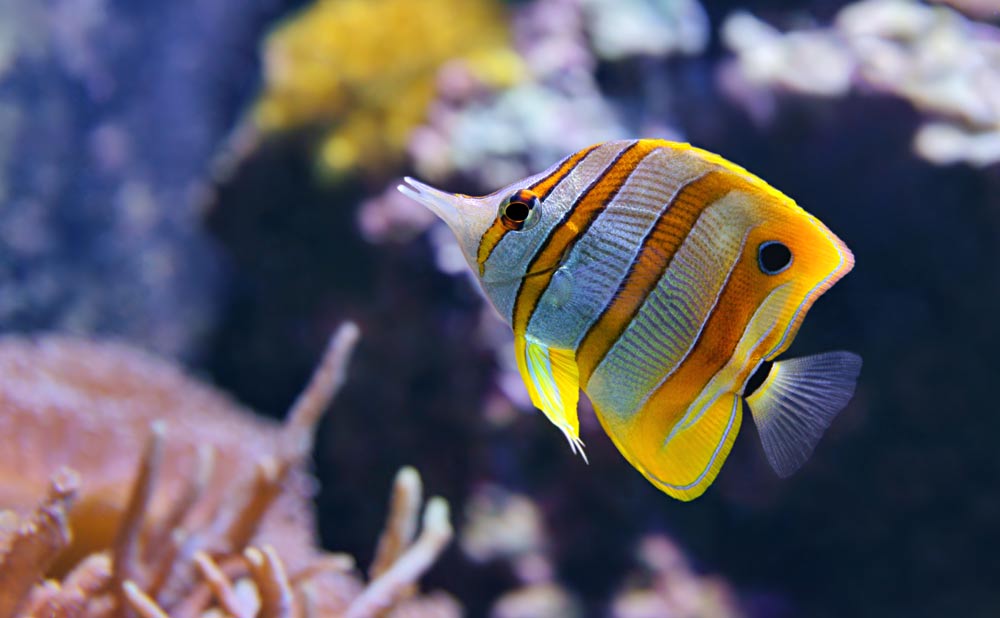
Find haunted cities and magical culture
Watamu’s history is long and venerable. The vast city of Gedi, now a national monument, was first settled by Arab traders around the 12th century and not abandoned until the 16th century. Then, or so legend has it, everyone left virtually overnight, scattering their treasures as they ran.
But Gedi is not the only remainder of a forgotten civilization because on Temple Point, ringed by ancient baobabs, stands a ruined mosque. And there are more ruins on the utterly unspoilt and rarely visited island of Kirepwe, which lies on the far side of Mida Creek.
Read the full article on Gedi Ruins.
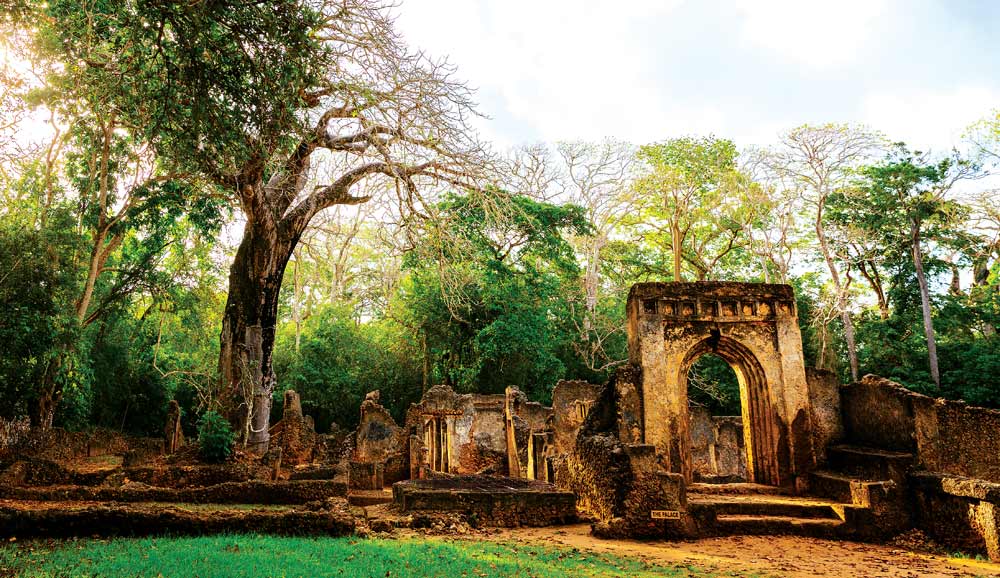
Need to know
Getting there: It couldn’t be easier. Watamu is a scenic 95 km drive from Mombasa, or a short flight from Nairobi to nearby Malindi (Air Kenya, Fly 540, Jambo Jet and Kenya Airways).
Where to stay: Watamu has it all: 5 star resorts, family resorts, eco resorts, apartments, simple guest houses and safe and secure camping.
© 2025 Kenya Holidays
